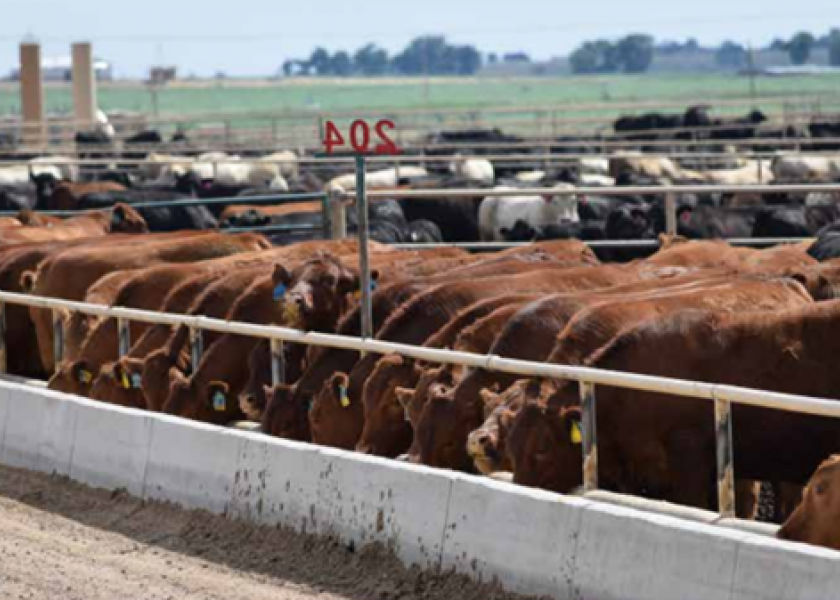Cattle Prices Climb in 2014

When will the 2014 cattle markets hit their peak?
By: Andrew P. Griffith, Agricultural Economics, University of Tennessee
Cattle prices struggled mightily the first half of 2013, and it is a time period cow-calf producers to feedlot managers would like to forget. It is doubtful many folks in the cattle business have forgot the struggles endured during the first half of 2013, but prices received the first six months of 2014 have done a lot to mitigate the anguish experienced a year ago. For many, the question now is where cattle prices are headed the next six months. To address this question, it might do some good to compare prices from a year ago to more recent history.
Prices softened for stocker and feeder cattle moving from January through May in 2013 while prices for the same months in 2014 have consistently strengthened. In January, 500 to 600 pound steers in Tennessee averaged $180 per hundredweight which is $27 per hundredweight (+17.9%) higher than the same month a year ago while May prices averaged $211 per hundredweight which is $73 per hundredweight (+52.7%) higher than May a year ago. Similarly, 700 to 800 pound steers in Tennessee averaged $156 per hundredweight in January resulting in a $23 per hundredweight (+17.3%) increase in prices from the same month a year ago while May prices averaged $178 per hundredweight which is $55 per hundredweight (+44.9%) greater than May a year ago.
It is extremely unlikely producers will experience year over year price increases the second half of 2014 that are of the same magnitude as the first half of the year. This is because market fundamentals during the fall and winter of 2013 contributed to calf and feeder cattle prices moving contra-seasonally higher. However, the one bright spot is prices this fall are expected to exceed prices from a year ago. Market fundamentals are still in place to support calf and feeder cattle prices. There are a few factors that will drive the magnitude of prices.
One factor that will not change between now and the fall and winter market is the limited supply of cattle. It has become evident cattle feeders are engaging in fierce competition to place cattle in the pens. This competitive nature has contributed to the price strength in cattle markets that has helped pad the pockets of cattle sellers the past year. Feeder cattle futures prices also appear to be pricing in cattle feeders’ competitive nature. All feeder cattle futures contracts from August through November have exceeded the $200 per hundredweight price which was largely thought of as a resistance point, but traders pushed through it.
Some other factors the fall and winter cattle market hinge on are directly influenced by the quantity and timing of precipitation through the end of summer and early fall. Corn prices will be a major determinant in cattle prices the second half of the year. If sufficient rainfall results in a strong national corn harvest then corn prices will remain relatively low which will continue to support the cattle complex. However, a less than favorable corn harvest will pressure cattle prices for the next year. Another factor hinging on precipitation is fall forage growth. Fall forage growth generally helps support calf prices since calves can be grazed on stockpiled forage. However, a shortage of forage will result in stocker producers being forced to feed mechanically harvested feedstuffs.
Overall, market conditions are favorable for strong fall and winter cattle prices. However, these conditions could change quickly and result in a weaker than expected market. If producers are concerned about a soft market then there are price risk management tools such as livestock risk protection insurance, futures and options, and forward contracting available to manage risk. The use of price risk protection may be unfamiliar to some producers, but the methods previously listed have been used successfully and reduced financial strains for a number of producers.







